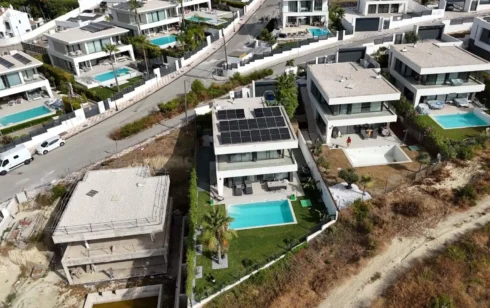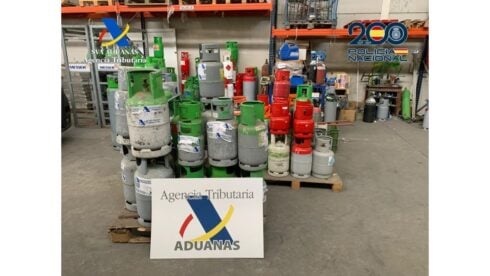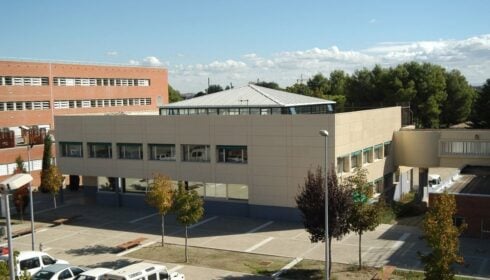THE Costa Tropical region has become the focus of international collaboration aimed at developing nature-based alternatives for interior architecture and design applications.
Researchers from the University of East London (UEL), and the Bagaceira Project, founded in Barcelona by Julia Steketee, are working together to create sustainable building materials from sugarcane.
In 2022, UEL collaborators Alan Chandler and Armor Gutierrez Rivas, along with their students, began exploring the potential of transforming agricultural waste into construction materials.
READ MORE: Billion euro boost for green energy in Spain from European Investment Bank
Their research revealed that products made from this waste performed remarkably well compared to traditional concrete or clay bricks.
Their efforts now focus on repurposing bagasse – the fibrous pulp left after extracting juice from sugarcane – from Costa Tropical’s sugarcane plantations.

Sugarcane, the world’s largest crop by production volume, is cultivated in over 80 countries.
Traditionally, bagasse is burned for fuel or used as cattle feed, both of which release carbon into the atmosphere.
However, the recent Sugarcrete project, led by British and Spanish experts, seeks to trap carbon within building materials, reducing environmental impact.
Sugarcrete, a material made by combining bagasse with sand-mineral binders, produces environmentally friendly bricks with a carbon footprint six times smaller than conventional clay bricks.
To enhance these materials, UEL researchers and the Bagaceira Project recently conducted fieldwork in the Costa Tropical, meeting with local sugarcane experts and farmers to improve bio-waste acoustic panels.
One company, Ron El Mondero (a rum winery), provided the bagasse needed for trials in the UEL labs.

The trip to southern Spain underscored the potential for industrial-scale Sugarcrete production, which could utilise up to 8,000,000 m2 of sugarcane plantations.
Such a scale could capture carbon dioxide emissions equivalent to those produced by 46,000 cars.
After the 2008 financial crisis, precast concrete factories closed down.
Chandler and Gutierrez Rivas want to transform their facilities for bio-based production, as supposedly ‘one entry-level machine alone can produce 1,800 blocks per hour’.
They hope to create an ‘innovation hub in southern Spain’, which will ‘regenerate the economic, environmental and cultural heritage on the Costa Tropical’.

These aspirations will take another step forward in Spring as they plan to return to Granada for further research.
A recent press release from UEL claims that large-scale Sugarcrete production would ‘boost tourism, strengthen community identity, and support local family-run sugarcane businesses’.
A world driven by Sugarcrete property isn’t unreasonable to imagine.
It has already been used to build a school in India, completed in September 2024, and for a prototype at the Burning Man festival in Nevada, USA.
UEL emphasises that the collaboration between their MArch Architecture programme and companies in India ‘exemplifies the power of global partnerships’.
The institution says that Sugarcrete is expanding ‘to other sugar-producing regions, including Brazil, Costa Rica, Kenya, and Mexico’.
Click here to read more Spain News from The Olive Press.








